In May 2023, the European Historic Thermal Towns Association (EHTTA), a cultural route affiliated with the Council of Europe, hosted a FAM (familiarization) trip for travel professionals to experience areas that were not currently offered in the form of vacation packages by our companies. This trip was hosted in direct collaboration with the European Travel Commission (ETC), Croatian National Tourism Board (CNTB) and the Italian National Tourist Board (ENIT); the ETC helped the participants with booking every segment necessary for our airline tickets, and each of the tourism boards helped to organize the itineraries and sights we saw on this trip. Eight different companies and organizations from across North America participated, including Tripmasters. This is the first of six Inspiration blogs where you can see my journey as it happened and read about my first-hand experiences traveling in these beautiful countries.
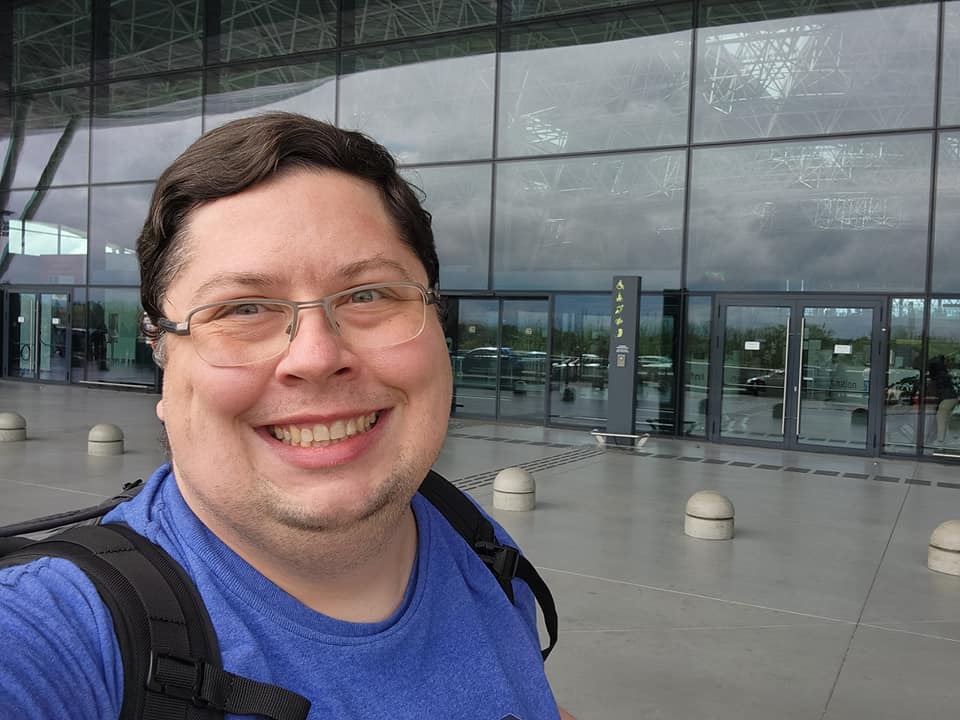
I participated as my company’s envoy, and I have to admit I was very nervous because I wanted to make a good impression with my group and also put my best foot forward on behalf of my wonderful company. My fears were put to rest almost immediately when I was welcomed with open arms by Markos Danas, the EHTTA vice-president and the secretary-general for the Hellenic Association of Municipalities with Thermal Springs (website). Markos helped set the tone for the trip, which allowed us to balance learning, taking notes, and observing the various municipalities along the way with having a good amount of fun and engaging in wonderful sightseeing opportunities.
Markos welcomed me at Zagreb Airport, which I had the pleasure of visiting for the very first time. (Confession: This was actually my very first trip to Croatia. I had been developing the country and researching it extensively for Tripmasters for six years but this was the chance for me to finally see it in person.) Let’s talk about the airport first. If you’re used to large airports such as Philadelphia, Atlanta, or O’Hare in Chicago, you will be pleasantly surprised with how compact Zagreb Airport is. Most arrivals will pull into gates at the newly-built terminal as opposed to the original terminal, although there is a shuttle service between both buildings. The new terminal is state-of-the-art and very traveler-friendly. It is compact even by European standards, and it is relatively easy to land, retrieve your bags, and pass through customs in 30 minutes or less, especially if you have nothing to declare upon arrival. Signage is marked clearly in both Croatian and English. Keep in mind that as of January 1, 2023, Croatia became a part of the Schengen Travel Area, making it easier for you to combine Croatia with other European destinations that are also a part of Schengen.
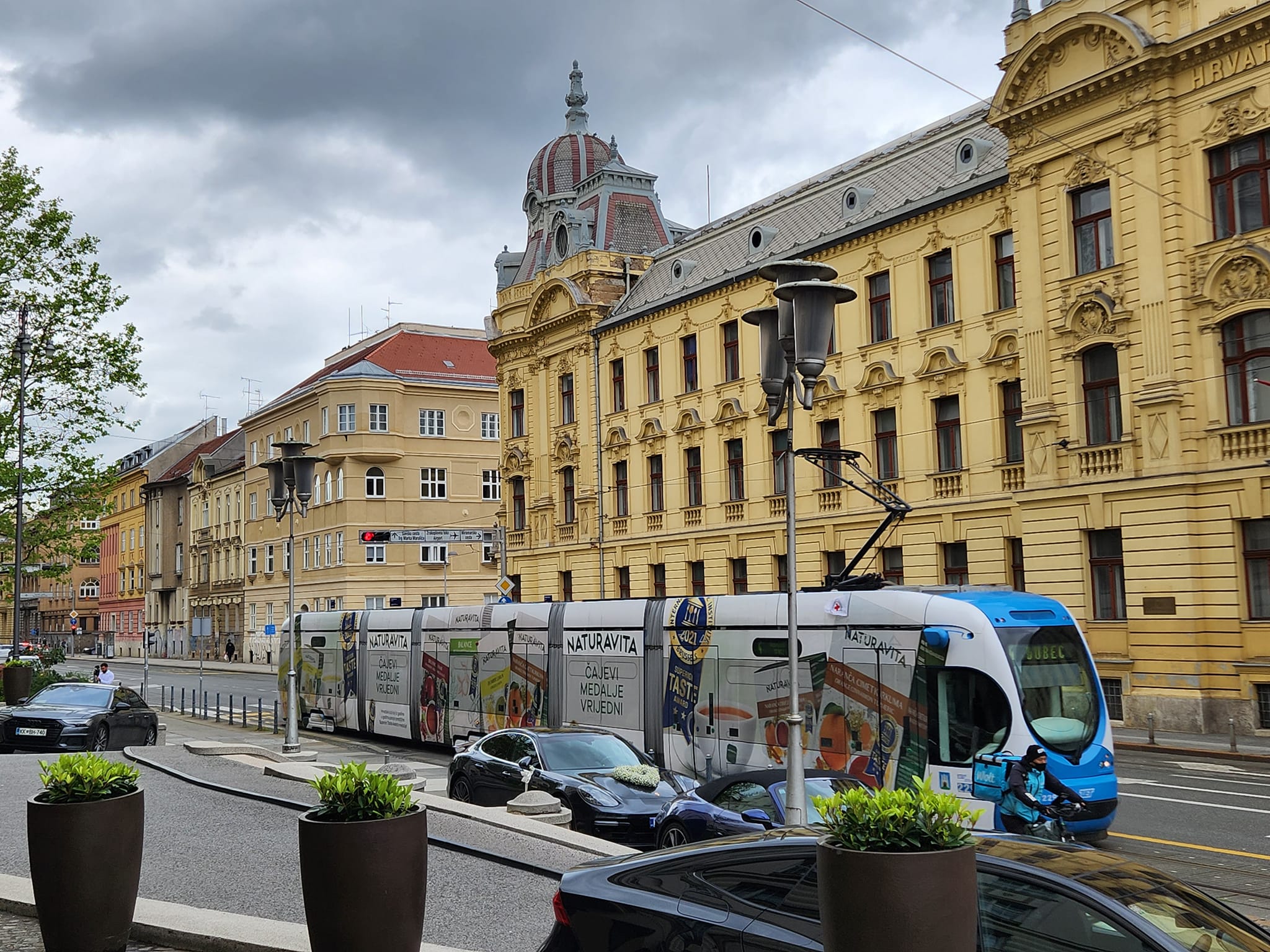
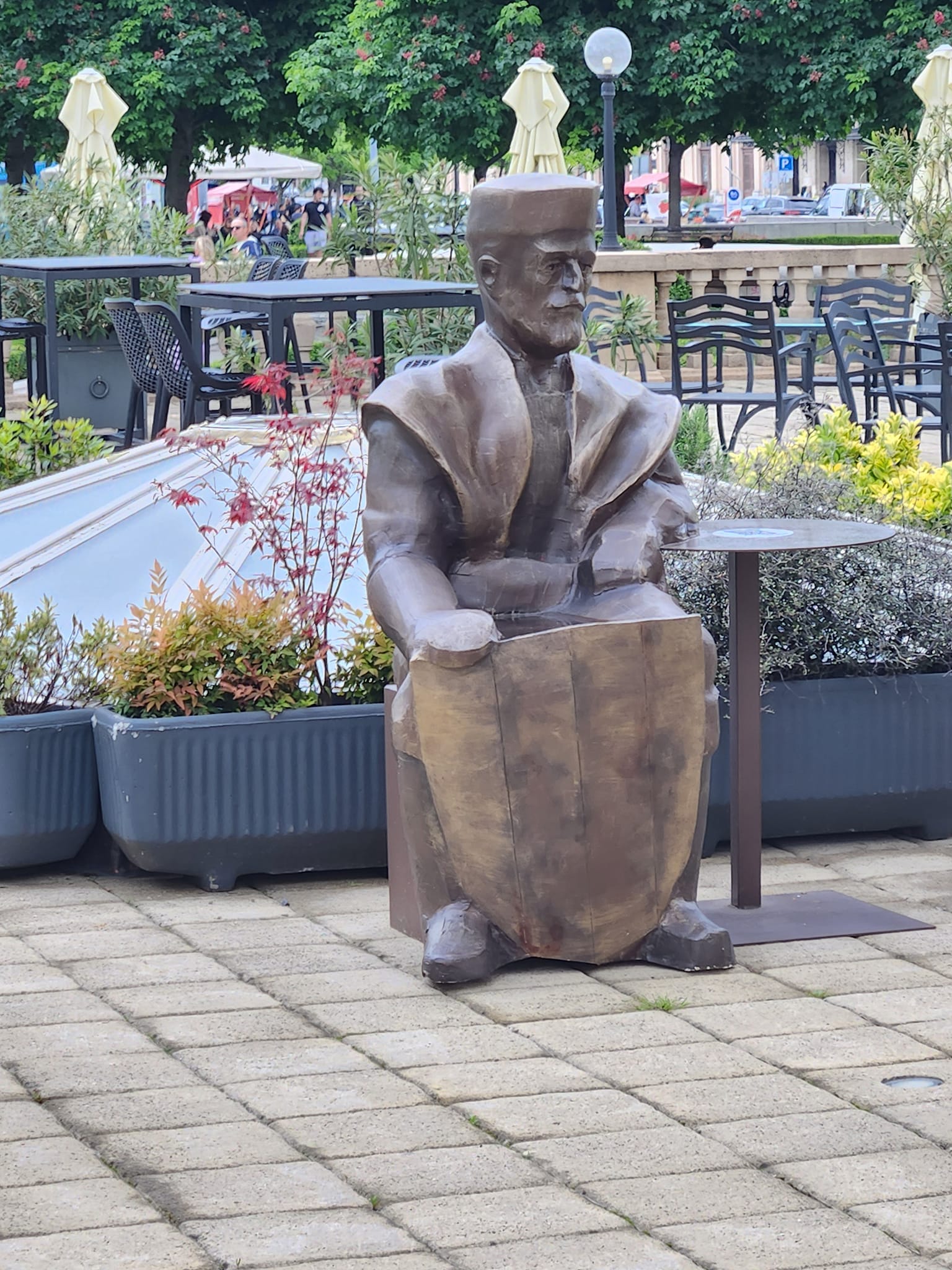
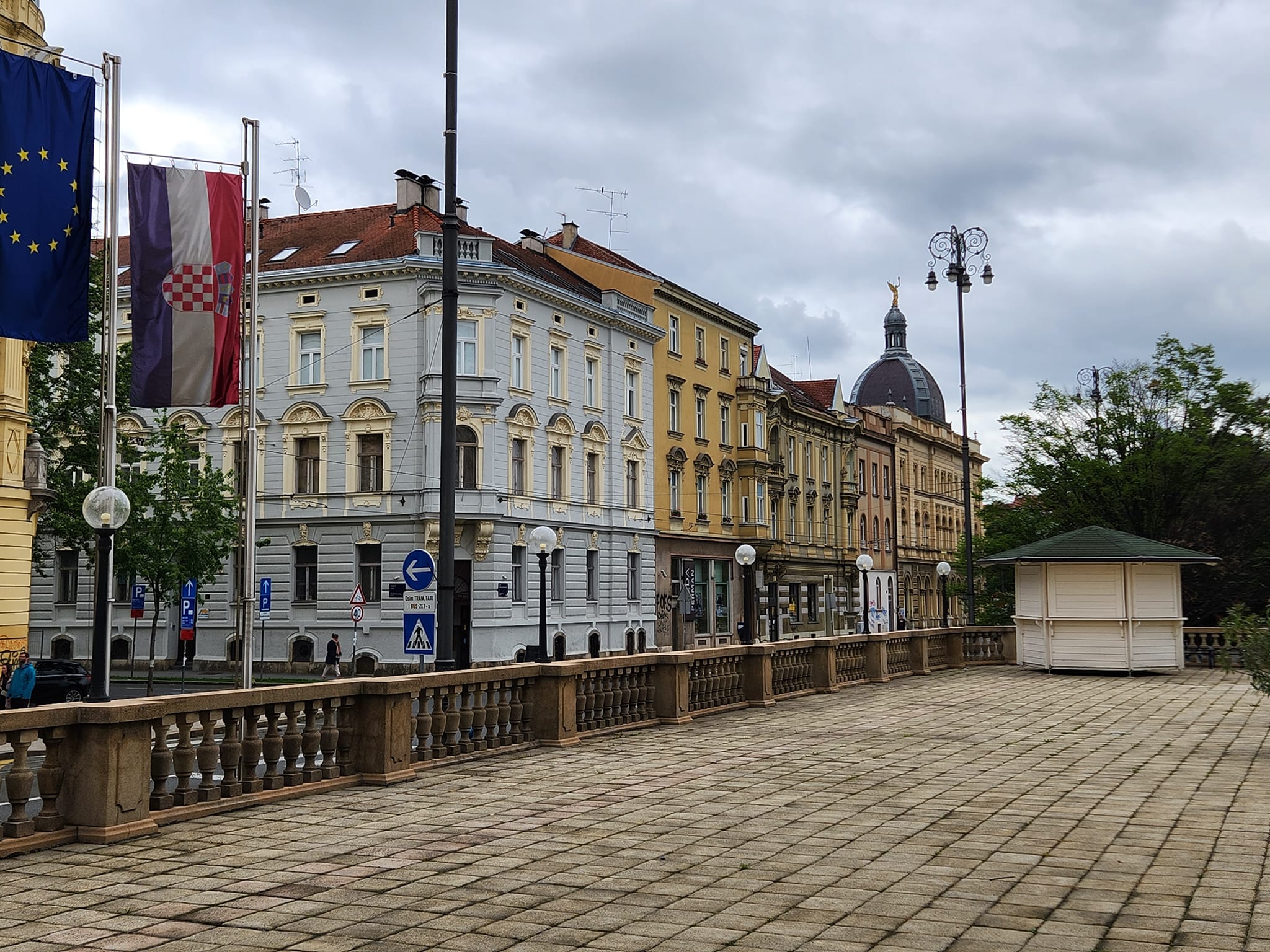
When you enter the arrivals hall, you have the option of going in the direction of the rental cars (many of Tripmasters’ packages in Croatia involve self-driving options, so this information is important to remember) or going toward the taxi area. Uber and Zagreb Airport partner with local taxi companies, so when you call an Uber for a ride from the airport, you are actually calling a licensed taxi. You would pay the taxi driver as you would in the Uber app, with no money changing hands except possibly a tip, and even that you can do on the Uber app. it is very easy to reach the center of Zagreb from the airport, with the drive taking approximately 20 minutes for us to reach our very first accommodations of the trip.
We arrived at the Esplanade Hotel Zagreb, a beautiful five-star property that was built in 1925 to serve travelers who were on their way through to Istanbul on the famed Orient Express route. For many years, it was Zagreb’s only international-standard luxury hotel, and while a few internationally-renowned chain hotels have joined its ranks in Croatia‘s capital, the Esplanade still manages to set itself apart with its impeccable service.
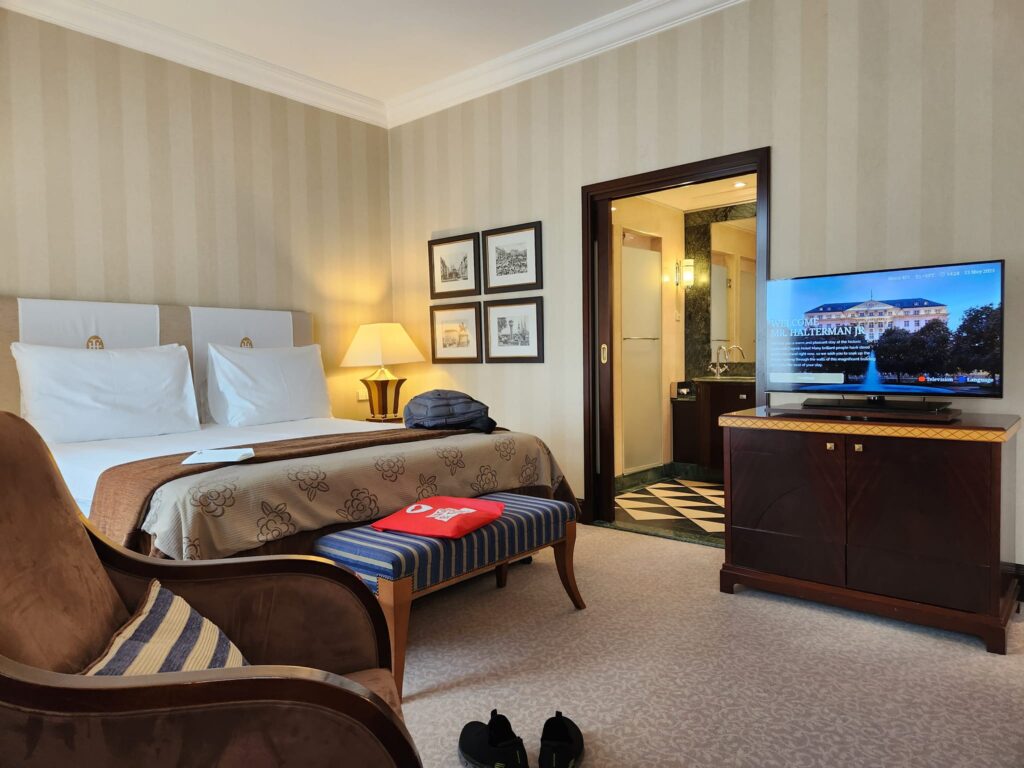
When we arrived, we were offered a welcome drink, which we quickly gathered was standard to all travelers and not just because we were in a special travel group. The traditional offer is sparkling wine, but they do offer still or sparkling water for people who for whatever reason would wish for a non-alcoholic offering. After check-in, which is an intimate affair set to the right of the lobby doors, I took the elevator to the fourth floor and surveyed my room for the first time.
Not only did we have special gifts from the Zagreb Tourist Board, we also received gifts from the hotel’s general manager, Ivica Max Krizmanić, who I realized later was working at the other portion of the front desk while a colleague assisted me, meaning he’s quite hands-on with his work and that was evident even before I knew who he was. He and the hotel were recently honored with a 2022 World Luxury Hotel Award, further testament to his success in managing such a historically significant property.
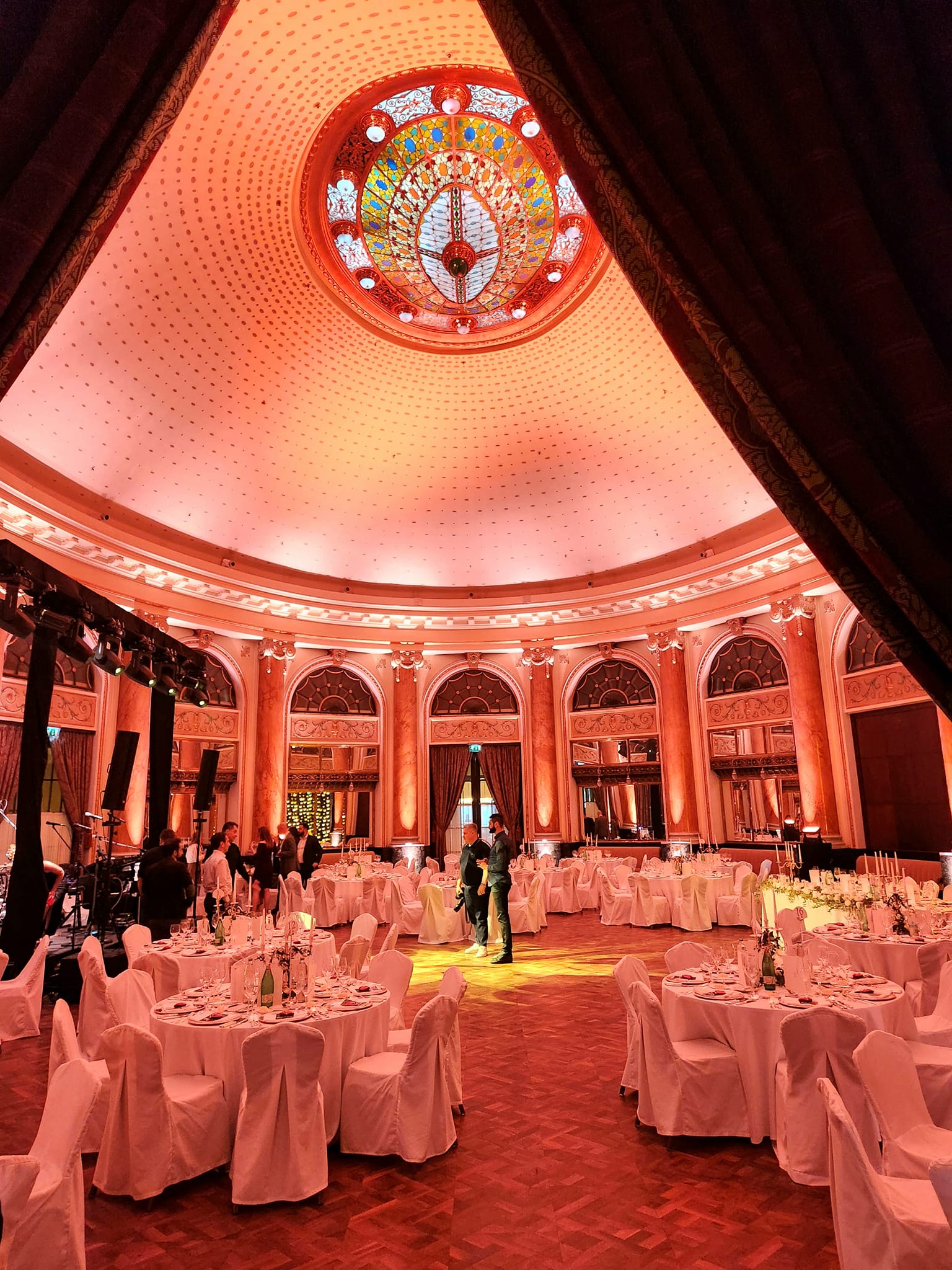
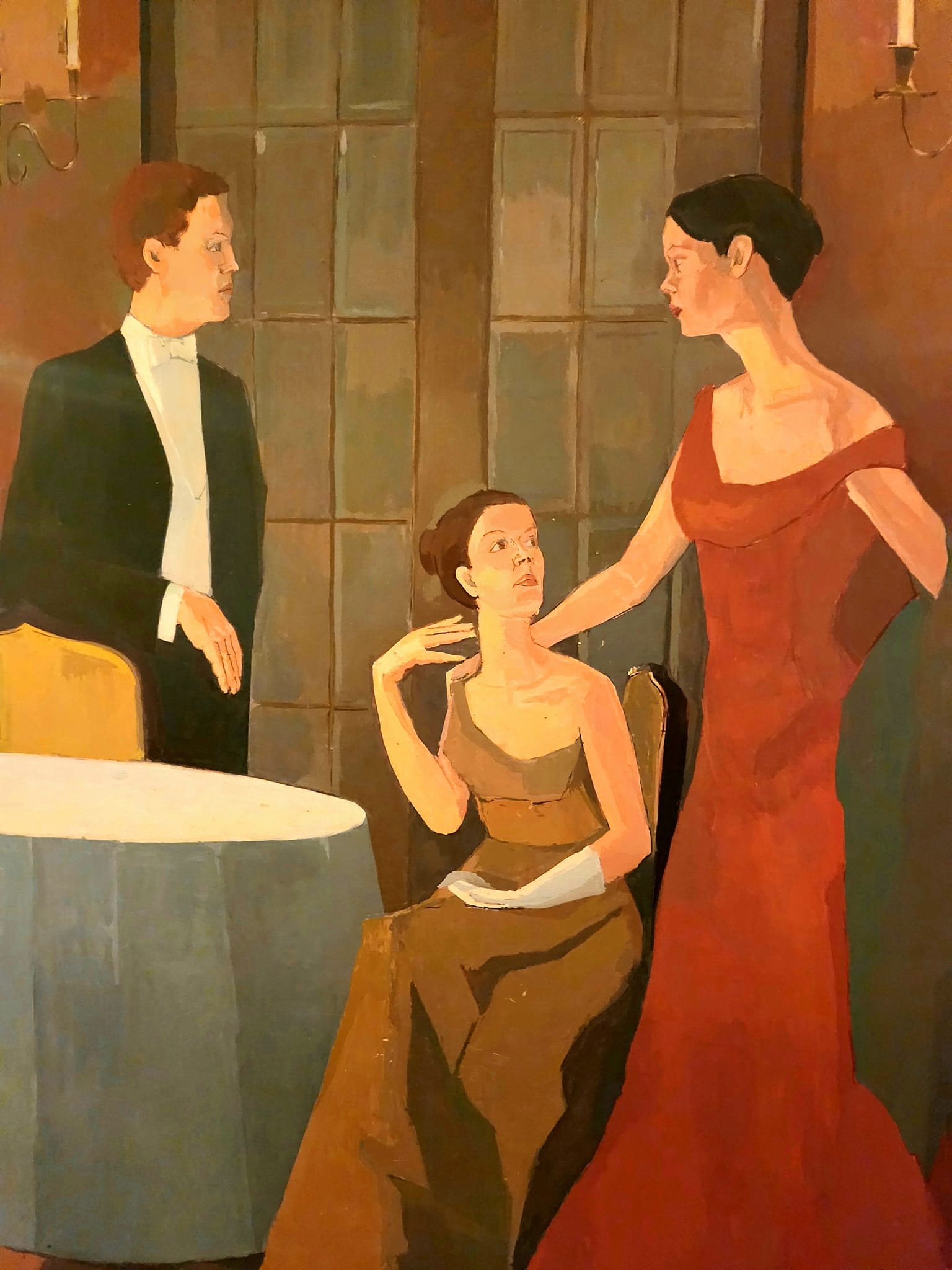
On our first day, we received a grand tour, and I found that even the smallest rooms had the same attention to detail and five-star elegance my larger room did, with the explanation being that such a historic hotel will have discrepancies in room size at times, as that’s just what happens when dealing with renovations in historic buildings. Even popular historic hotels in North America have similar concerns, so in my mind that is hardly a strike against them; if anything, keeping the same standard across rooms of all sizes should be commended.
Now on to the description of my room. As I said already, I received gifts in my room from the tourism board as well as the general manager. These included gourmet chocolates that were local to Zagreb and are served in the hotel for visitors. My room was beautifully-decorated, merging the modern with the times gone by. My room had a king-size bed, a sitting area featuring a chair and a sofa as well as a coffee table so you can have coffee while watching television from the sitting area.
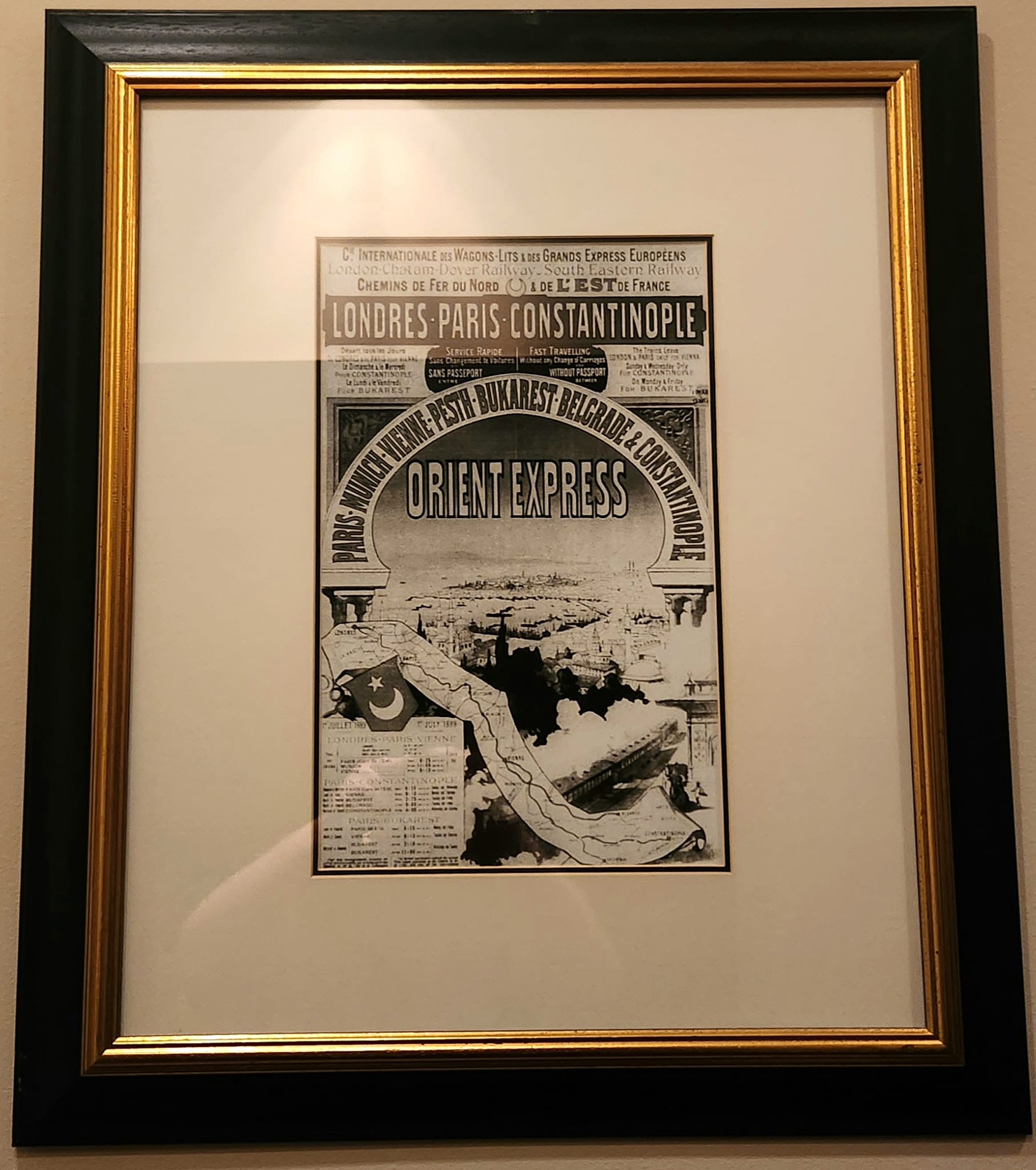
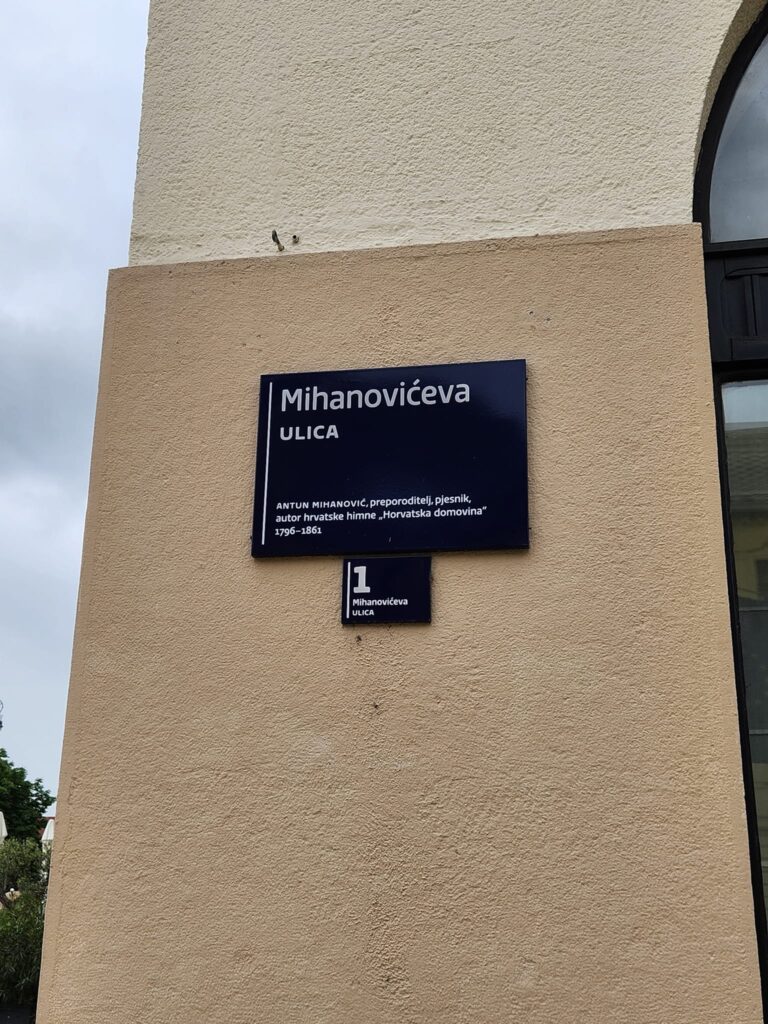
First things first, let’s talk about the coffee. You can make your own delicious coffee in-room, and there is also the minibar, which is reasonably priced (food and drinks all under €10 apiece, with many options under €5) and can either be billed directly to your room or can be settled once you check out, with you presenting a form noting how many snacks and drinks you consumed during your stay. (On some level it is an “honor system” but who do you think restocks the fridge? They know what you consumed already!) The television offers channels in various languages, from Croatian, German, Italian, French and English to Spanish, Portuguese, and even some offerings in Asian languages such as Chinese and Hindi, befitting its status as a top hotel in one of Europe’s most beautiful capitals.
Finally, the bathroom area features beautiful green and white marble tile that was part of the original construction of the building, so you’re really bathing with history. There is a separate water closet compartment with toilet, as well as a bathtub and a separate shower. In addition, there are dual-sink vanities in many rooms, making it even easier to travel with friends and loved-ones and not have to fight over counter space! I’d be remiss if I didn’t note the storage space, which was more than ample not just in available drawers but also in the form of large wardrobe closets near the room entrance.
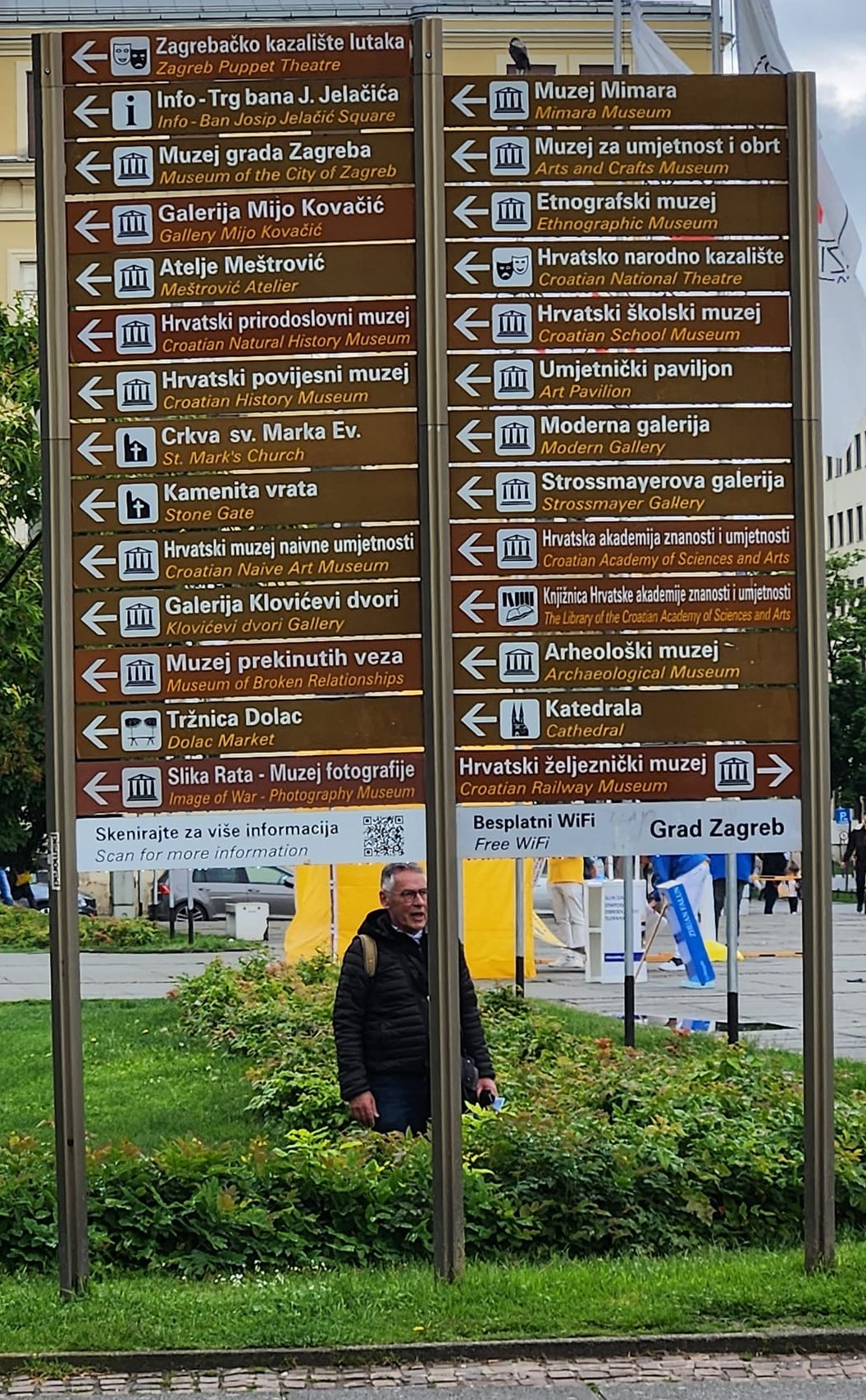
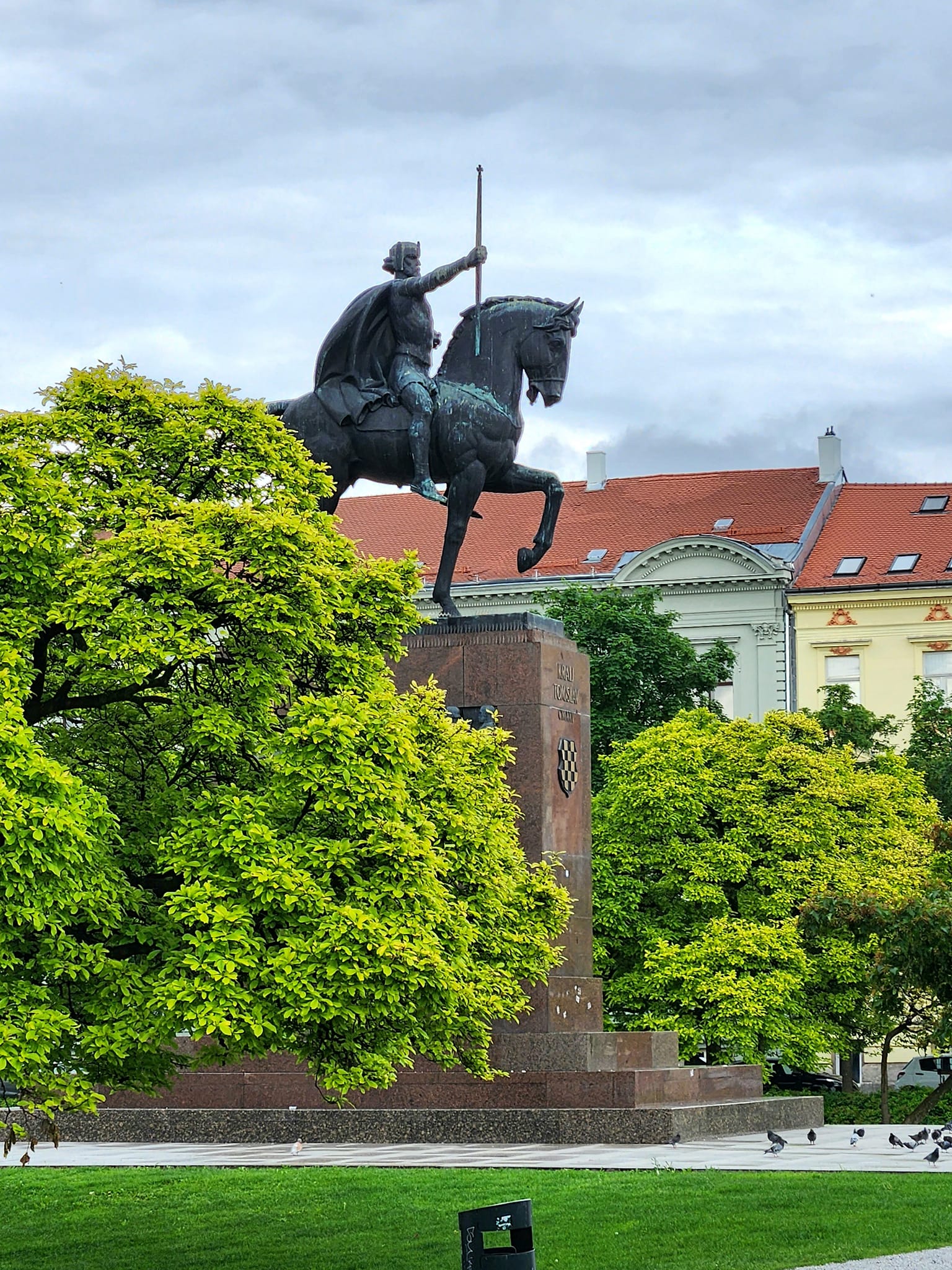
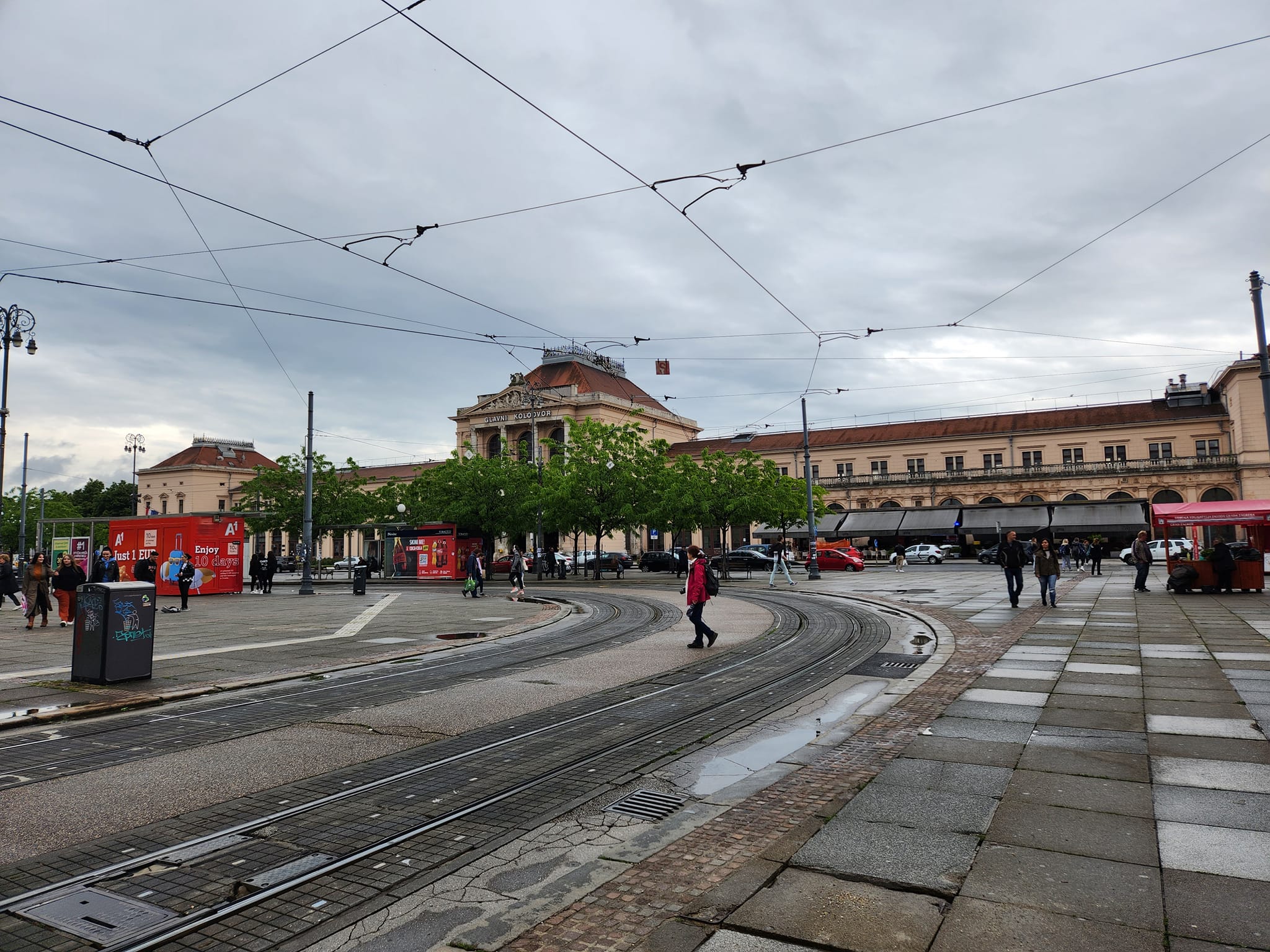
Our first activity in Zagreb was a relatively short (90 minute) walking tour, which started at our hotel and took us first to nearby King Tomislav Square. King Tomislav Square holds significant historical importance for Croatians. Historically, the square is named after the first recognized Croatian king, who played a pivotal role in unifying various Croatian territories in the early 10th century. As a symbol of national identity and independence, the square represents the proud heritage and sovereignty of Croatia. Moreover, in modern history, the square has become a central meeting point and a vibrant public space, hosting numerous cultural events, political gatherings, and celebrations. It serves as a gathering place for Croatians to express their national pride and commemorate important historical moments, while also reflecting the city’s urban development and the resilience of its people. It is also the home of Zagreb’s renowned Christmas markets, which transform the square from early December through the first week in January. Fun fact, Zagreb’s Christmas markets won three consecutive “Best in Europe” awards in the 2010s, beating out perhaps better-known Christmas market destinations in countries such as Germany, Austria, and the Czech Republic.
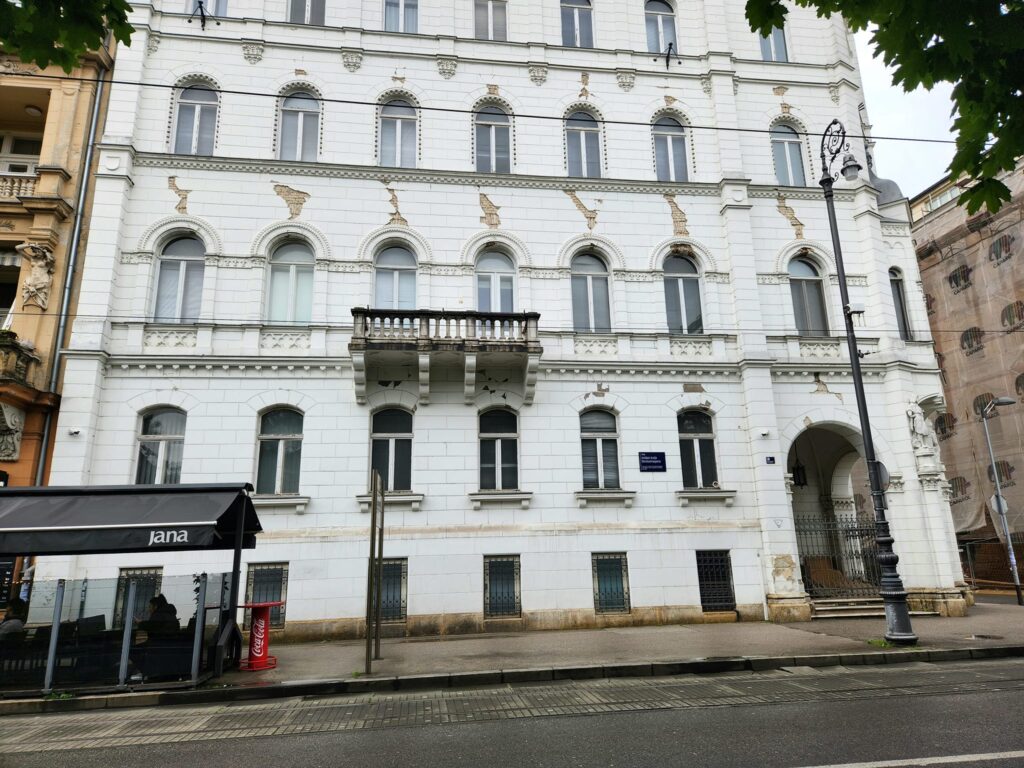
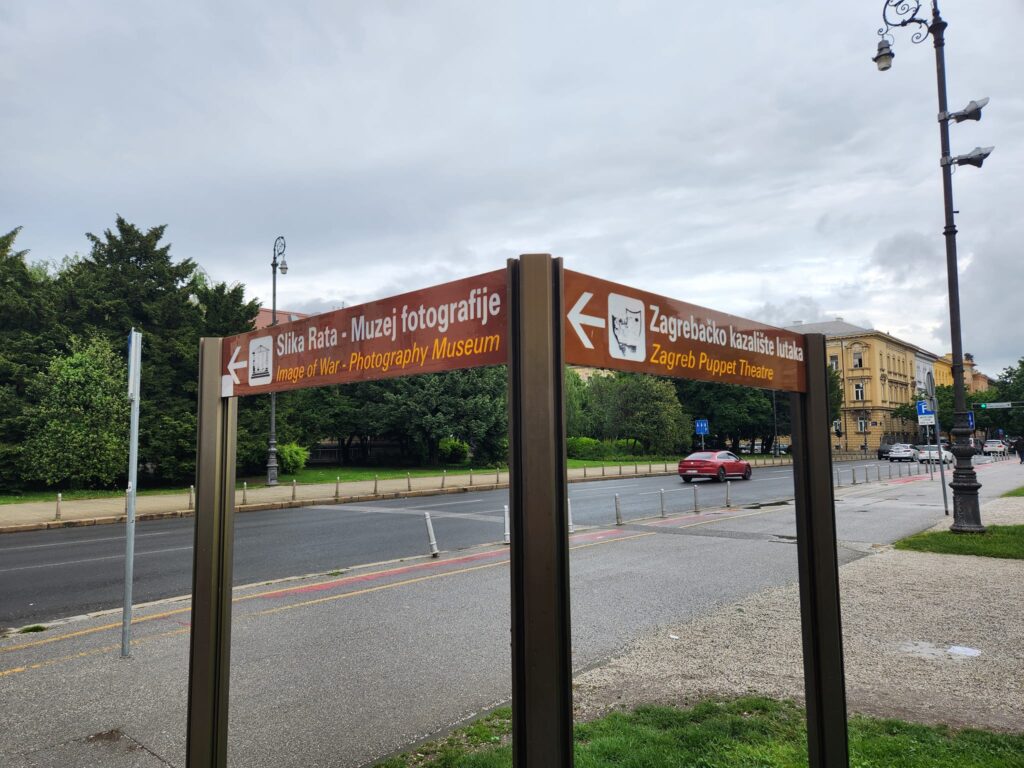
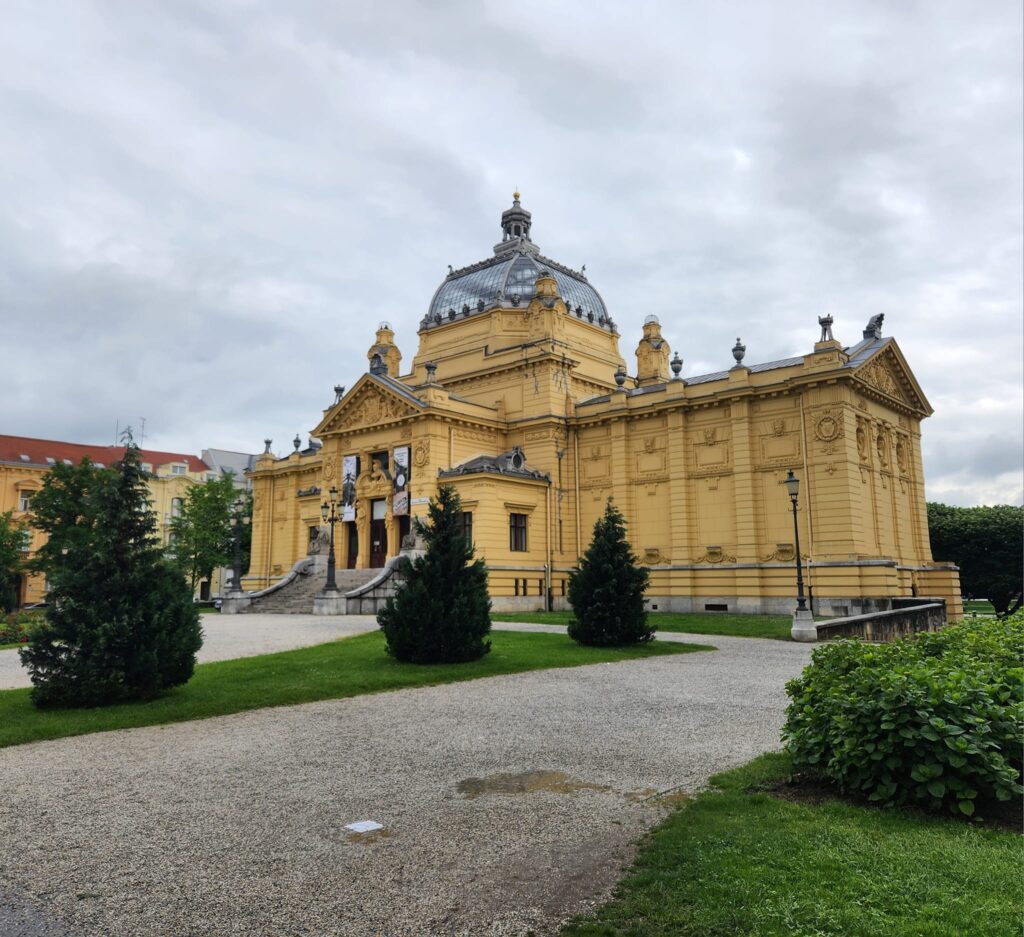
The statue of King Tomislav points toward Glavni Kolodvor, Zagreb‘s main railway station. Indeed, it is within walking distance of our hotel, as was intended all the way back in 1925. In fact, the old office for Croatian Railways is located directly across the street from the Esplanade. If you walk north away from the train station, you will get a chance to see parts of “the Green Horseshoe”. Zagreb takes pride in having large green spaces for its residents to enjoy, and the path we are taking allows us to enjoy a few of them. We pass the beautiful 19th-century Art Pavilion, which sadly is closed to visitors as reconstruction and renovations continue following a particularly devastating 2020 earthquake, the first temblor the capital had experienced in 140 years. In fact, as you walk along the road on the western side of King Tomislav Square and farther north as it becomes Josip Juraj Strossmayer Park, you can see the cracks in the foundations of many historic buildings, and many of them have also had to close due to structural faults following the 2020 earthquake. In time, these buildings will reopen and Zagreb will be able to fully welcome people to all its attractions once more, but our tour guide reminds us that there’s still quite a lot that is open and quite a lot that locals are proud of.
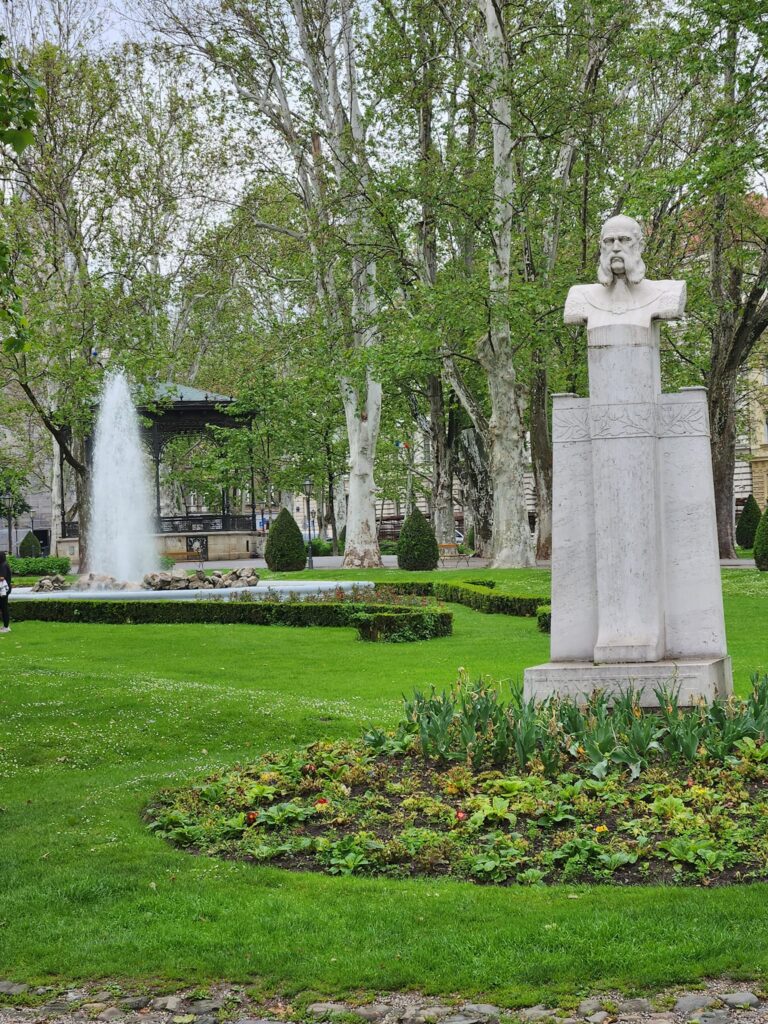
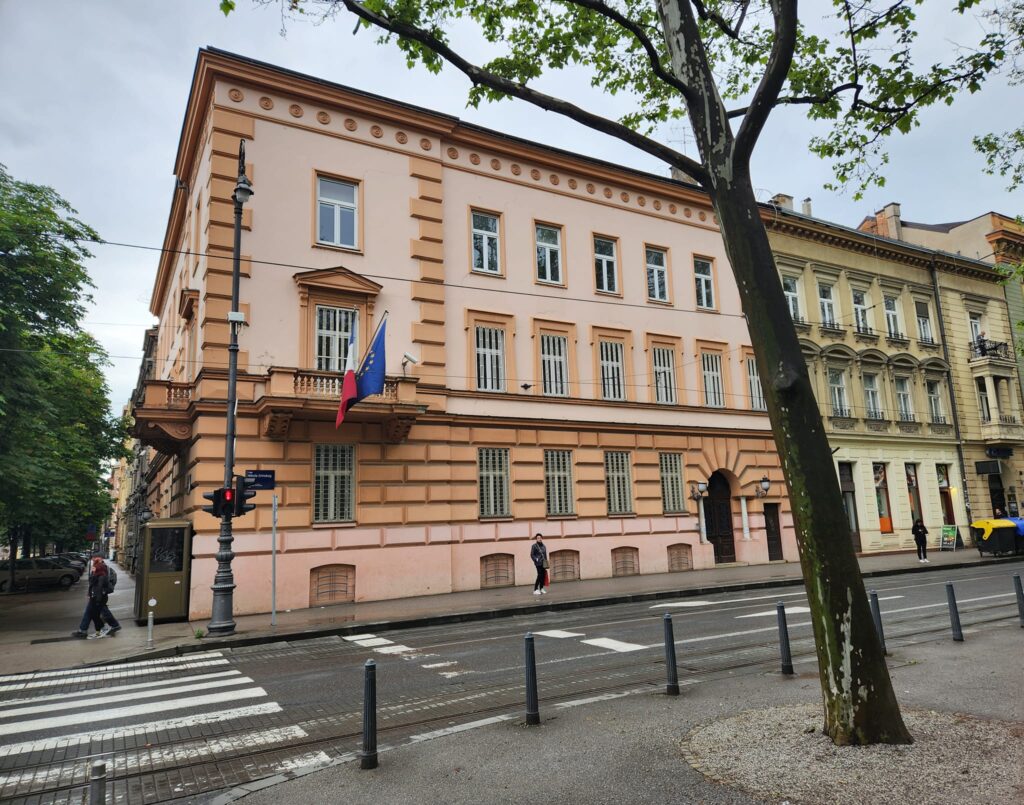
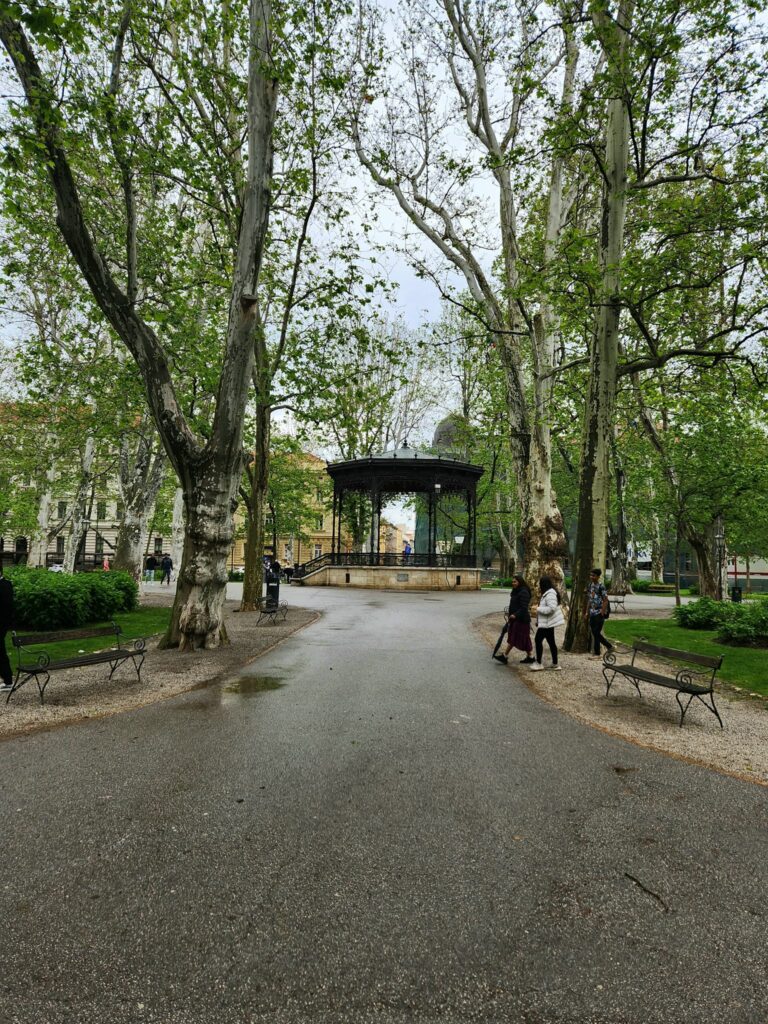
As I see an electrified tram pass down the street toward Glavni Kolodvor, I get a chance to admire the façades of the epicenter of Croatian intellectualism, namely the Croatian Academy of Sciences and Arts and its accompanying library, both situated in Strossmayer Park. I’m told by the tour guide that the greatest minds in the country come here to discuss problems in society and work toward solutions for these problems. I wonder out loud why we don’t have something similar, and I realize we do, quite a few think-tanks, endowments, and trusts, in fact, but perhaps it is easier to get people to agree when the country has a smaller population? The USA has over 330 million people after all, and Croatia has roughly 3.9 million. Is it easier to find consensus if there are fewer people to begin with? As I ponder that little question, we cross the street over to Zrinjevac Park, one of the most legendary public parks in the city, known for its beautiful gazebo in the middle which hosts live music performances and other community events. We take a look behind us and see the National Museum of Modern Art, which is also closed due to the 2020 earthquake. We also see the Franco-Croatian Chamber of Commerce and Industry, which we were told was once the U.S. Embassy, until it moved to a more state-of-the-art complex in the 2000s.
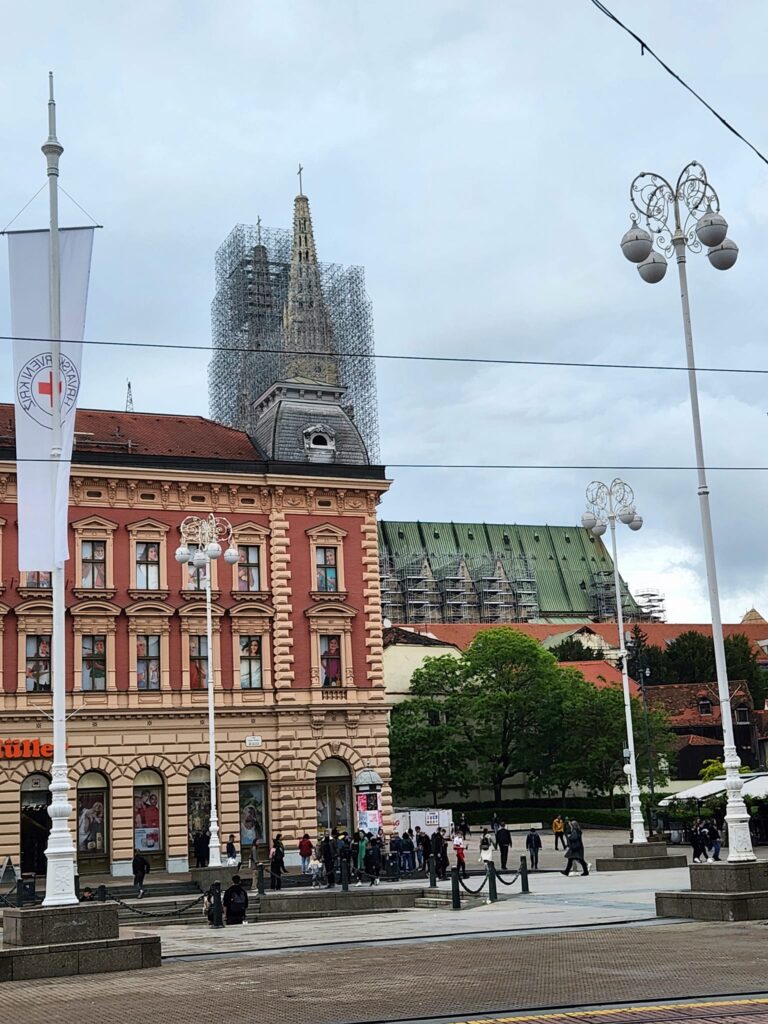
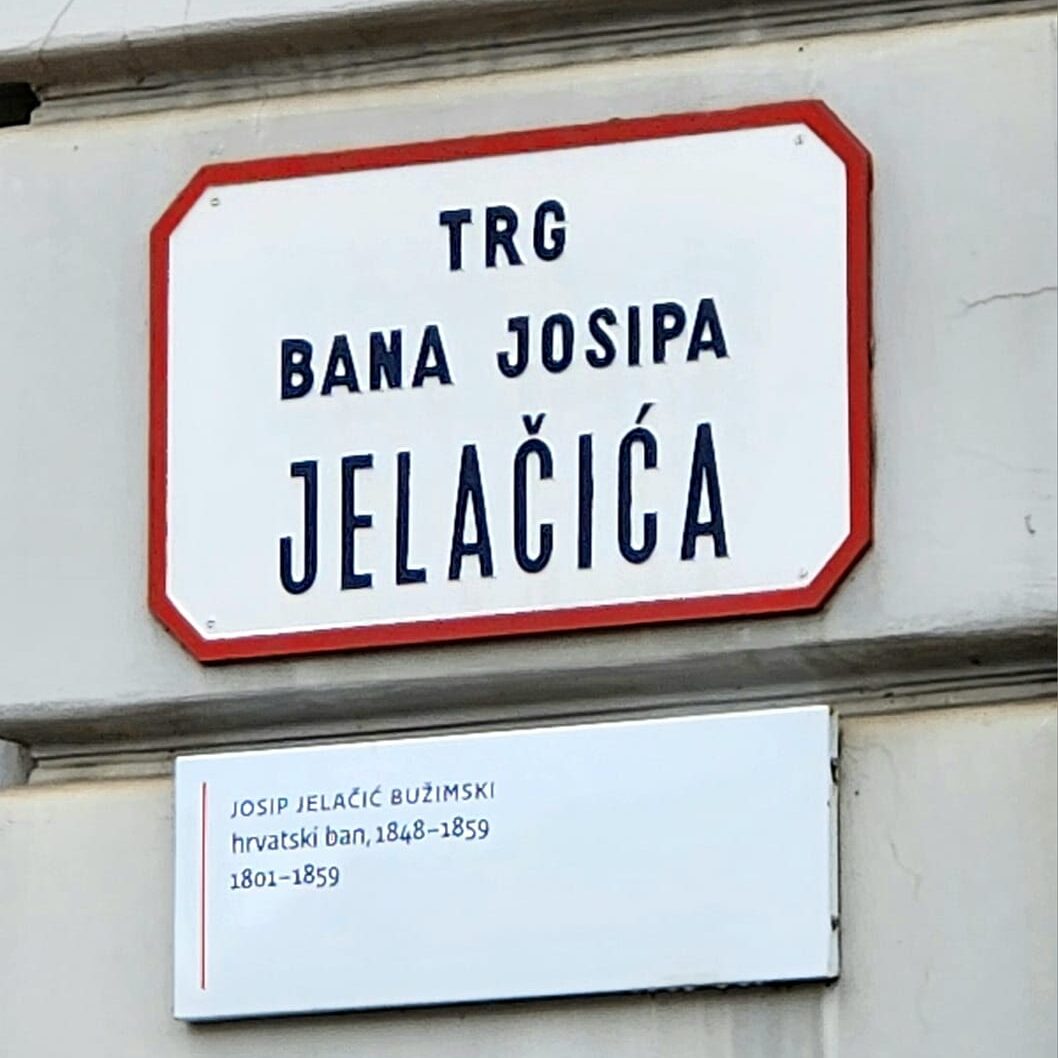
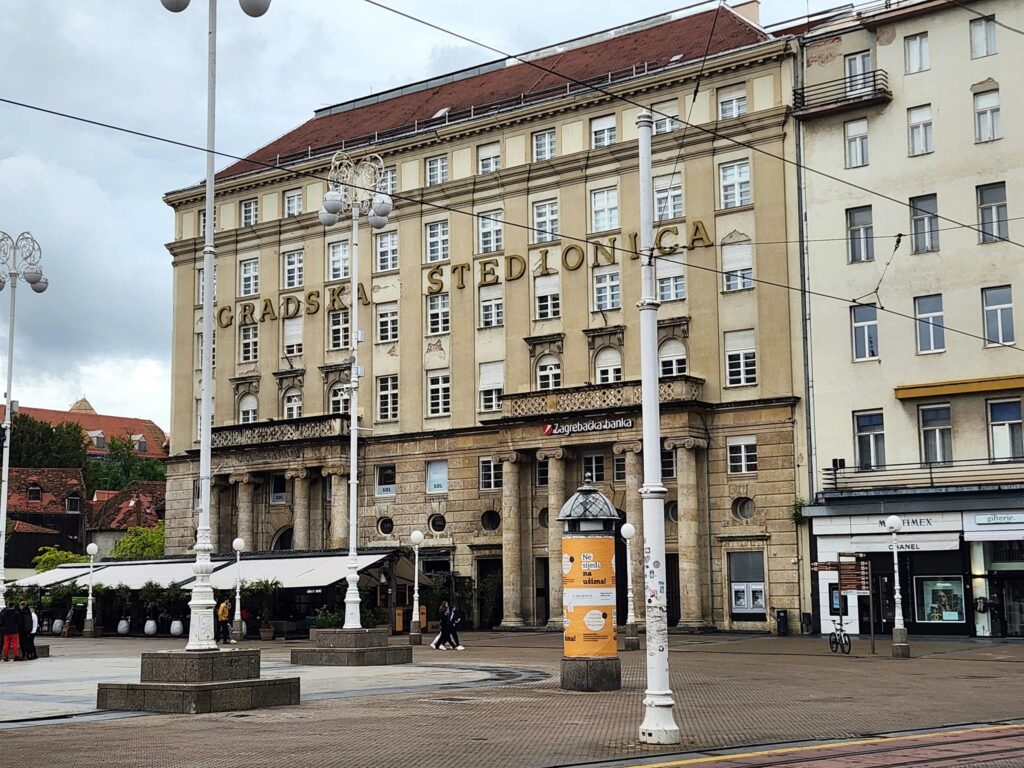
One small street separates Zagreb‘s biggest square and Zrinjevac Park, and that street is called Praška ulica. As you walk down this small street, you notice more and more businesses and then shops, until you reach the fringe of the square itself. This square is called Ban Josip Jelačić Square, and it is named after Ban Josip Jelačić, a prominent Croatian military leader (“ban” in Croatian) and statesman from the 19th century. Jelačić played a pivotal role in defending Croatian interests during turbulent times, including the Croatian Spring of 1848, and he symbolizes (via the large statue in the center of the square in addition to its posthumous naming) the fight for Croatian autonomy and national identity. The square also witnessed key moments of Croatian history, such as the declaration of independence in 1991. In modern times, the square has become a vibrant hub of activity, hosting cultural events, political demonstrations, and social gatherings. It represents a symbol of unity, resilience, and the ongoing struggle for Croatian rights and freedoms. Since it is a popular meeting place, it is also a popular commercial area, with the noted shopping street Ilica and the Dolac Market situated in different directions just off the square. If Croatia has a store for it, it is most likely within walking distance of Ilica or Ban Jelačić Square.
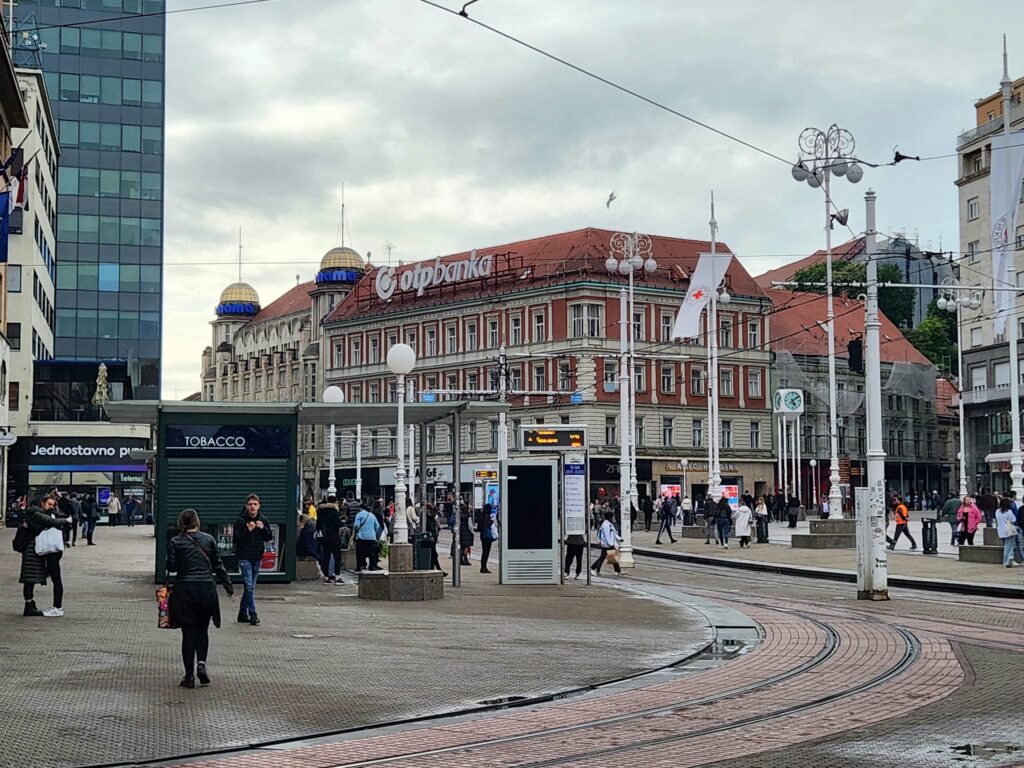
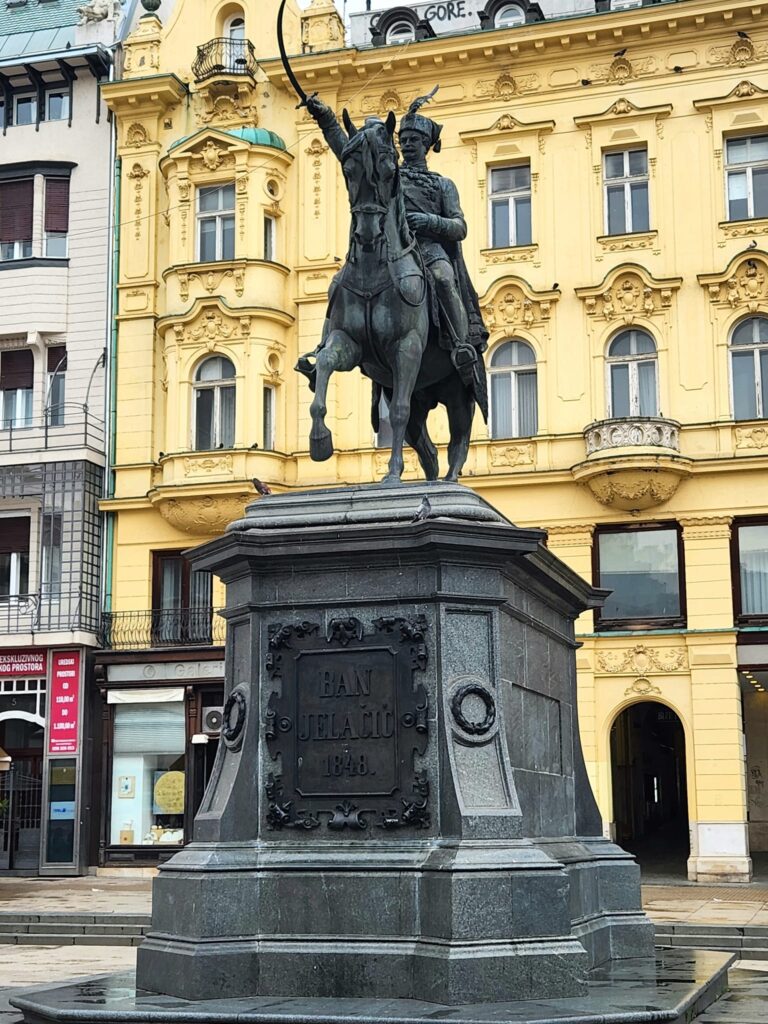
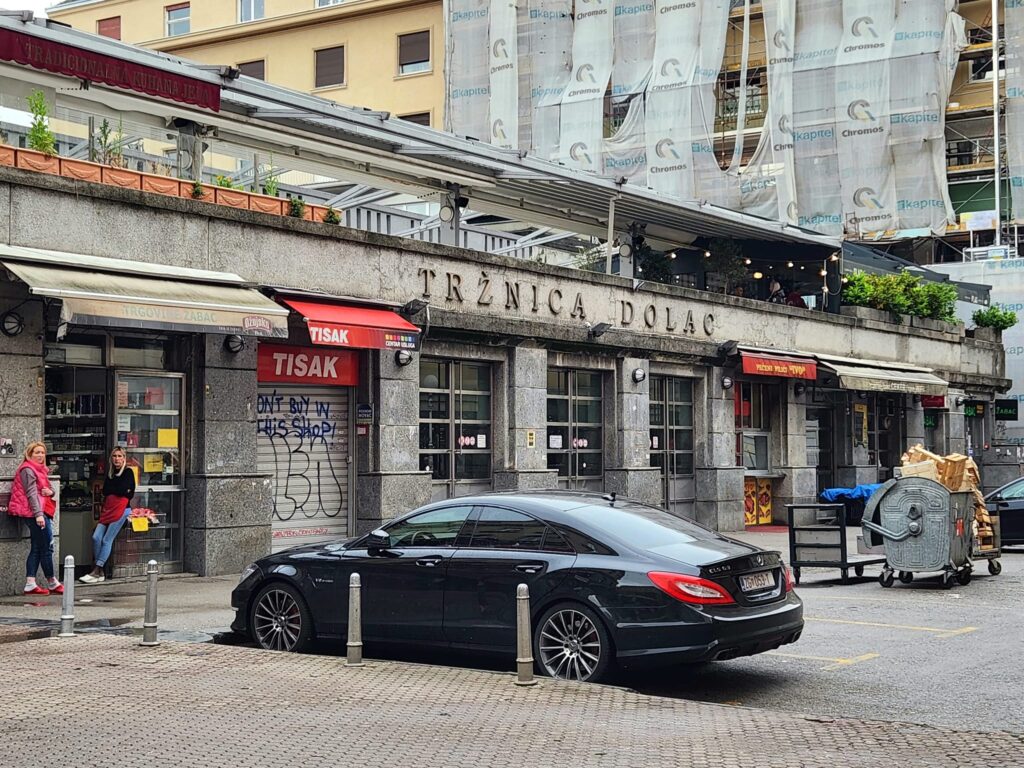
On the way back to the hotel, we walked down Radićeva ulica, which was filled with lots of souvenir shops, ranging from magnets and T-shirts to more localized gifts such as olive oil and wine. I stopped in at one particular shop, where the items were “made with love” according to the shop sign. Some of the products were indeed made by artisans in Croatia, and I was impressed with the service.
In this cozy little shop, I encountered for the first time a recurring humility among Croatians — their tendency to apologize for their “imperfect English”. If you ever come across this, I urge you to offer words of encouragement, dismiss their self-deprecation! I suggest this because not only are Croatian people innately hospitable and kind-hearted, they also possess commendable English skills. After a while, I would reassure anyone who professed their English to be “bad” that their proficiency far exceeded our grasp of Croatian. It’s crucial to appreciate that Croatians are impressively multilingual, vastly more so than the average American. (See our country FAQ for more information.) Even in rare instances where their English might not meet your expectations, rest assured they likely have fluency in other European languages such as German or Italian. This linguistic versatility is largely owed to their frequent interactions with foreign tourists. Therefore, regardless of the industry or social strata, most Croatians command a strong understanding of the English language, making my experience in this regard far from “bad”.
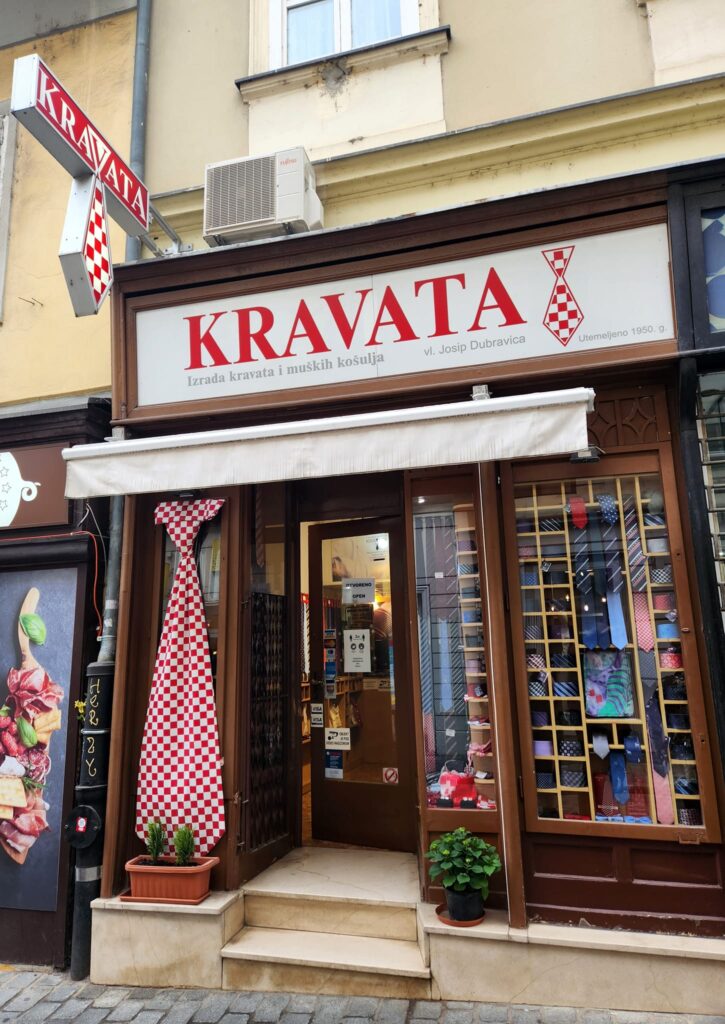
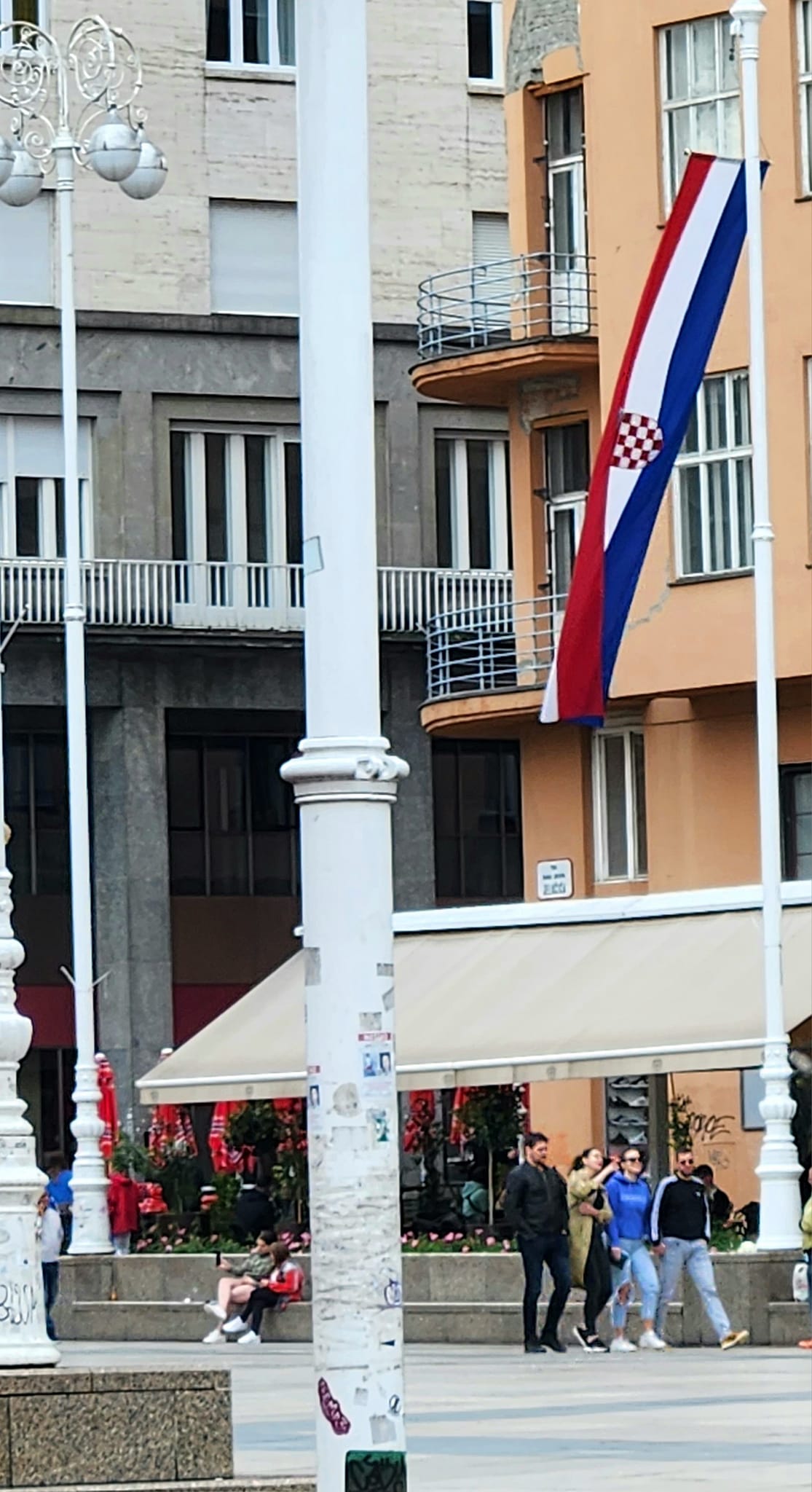
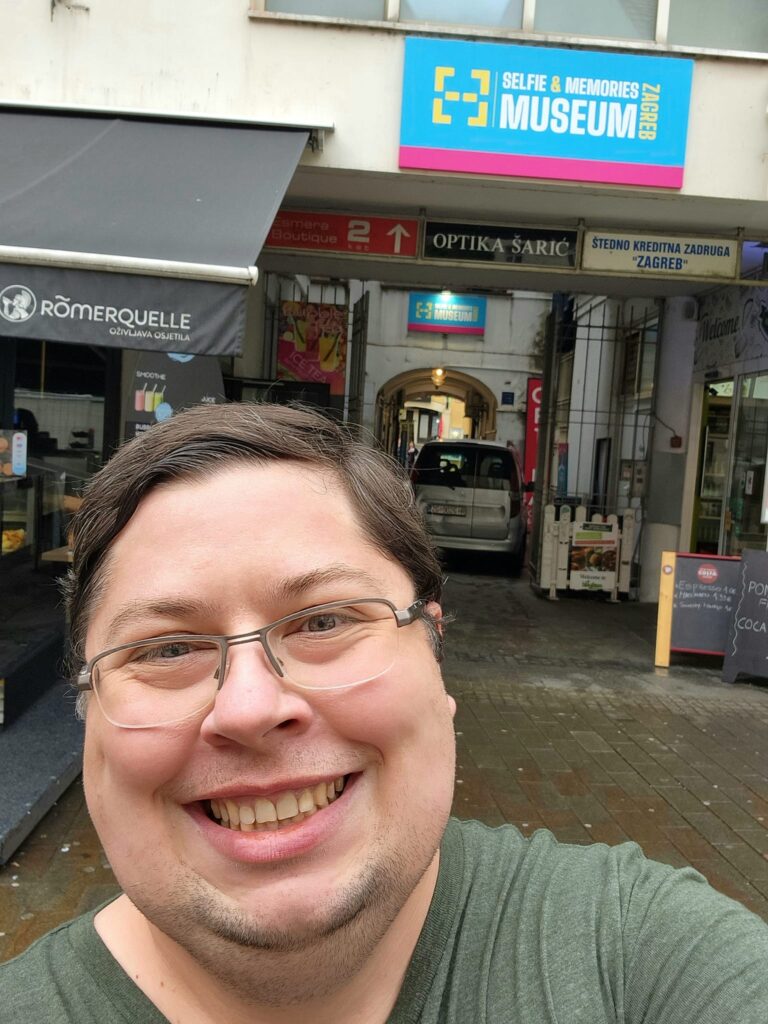
Our first night in Croatia ended with a delicious chef’s menu at the green Michelin-starred Zinfandel’s Restaurant, one of two culinary jewels housed within the prestigious Esplanade – the other being Le Bistro. What does a “green Michelin star” mean in the case of the Esplanade’s prized restaurant? It means that Zinfandel’s has been recognized for its “exceptional commitment to sustainable practices”. Think such aspects as cooking with locally-sourced ingredients, responsible waste management, energy-efficient operations, and so on. These efforts help promote sustainable practices in the food industry and highlight the importance of these considerations in delivering high-quality dining experiences.
The curated menu offered a harmonious pairing of local delicacies with exquisite Croatian wines, a testament to the country’s pride in both its white and red varieties. The Rajnski Rizling, a balanced Riesling from the continental region of Croatia, particularly piqued my palate. It was neither excessively dry nor overly sweet, making it an ideal companion for a leisurely chat with newly-met friends. (An interesting tidbit about the Esplanade and Zinfandel’s — the outdoor terrace adjoining Zinfandel’s boasts the largest al fresco dining area in the city, making it a must-try in favorable weather!)
Was it the ambience, the wine, the delightful company, or perhaps a harmonious blend of all, that imbued our first day in Croatia with a sense of being “just right”? It’s hard to pin down, but one thing was clear — Zagreb had set the tone for a series of captivating Croatian adventures awaiting us.
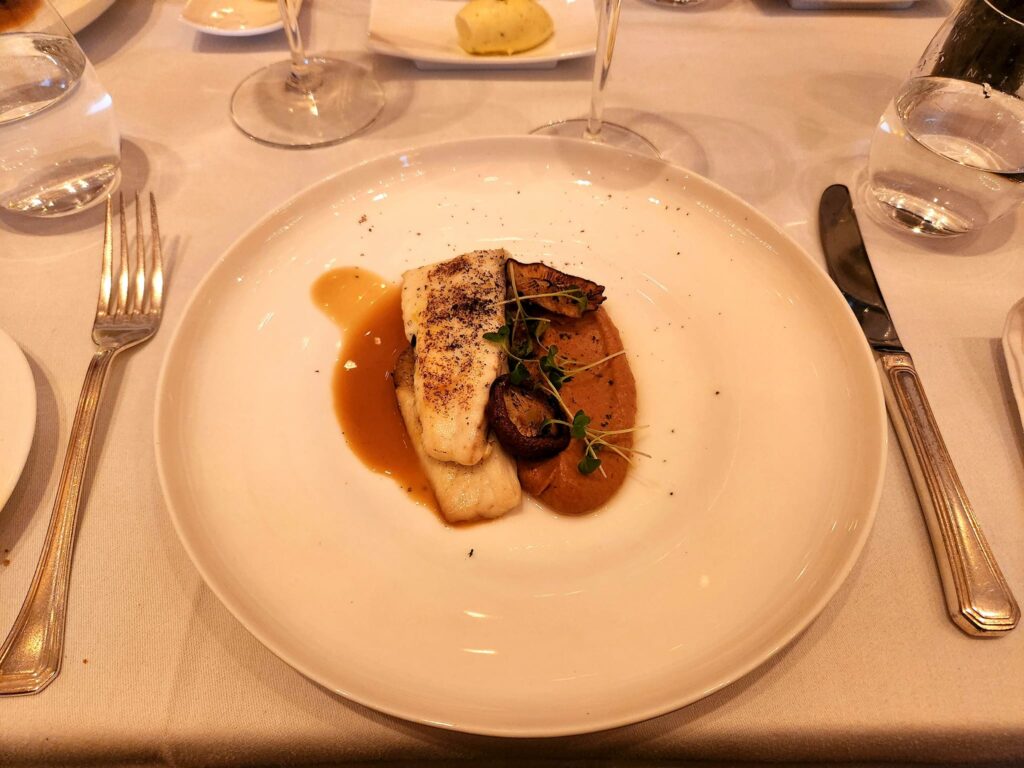
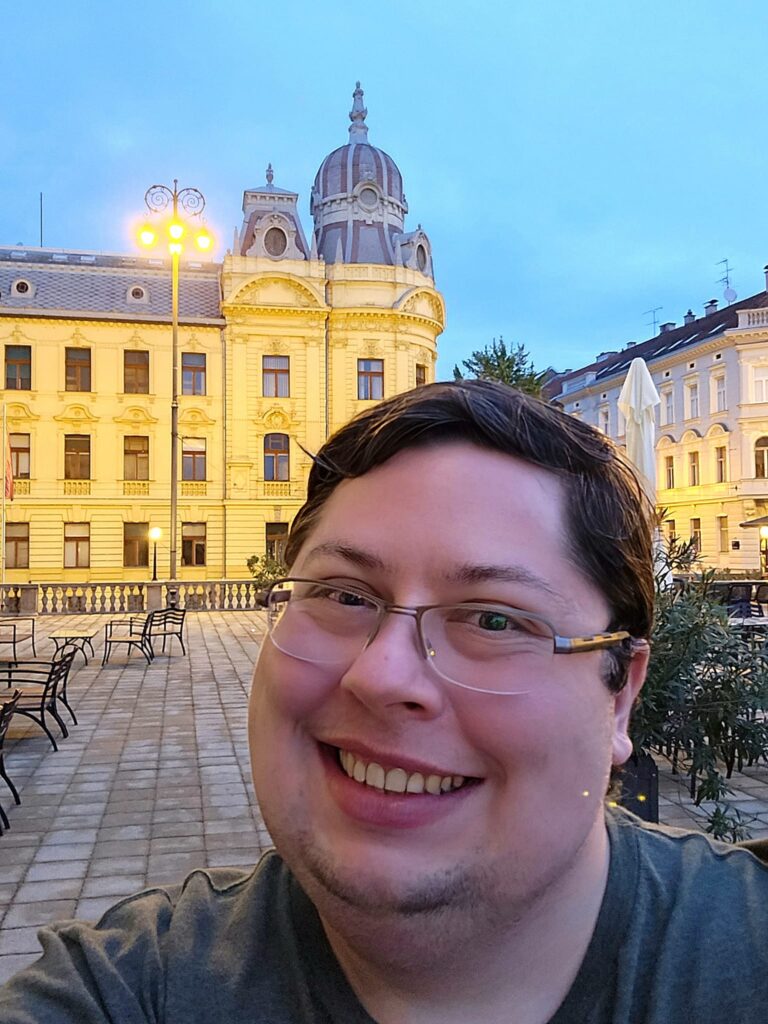
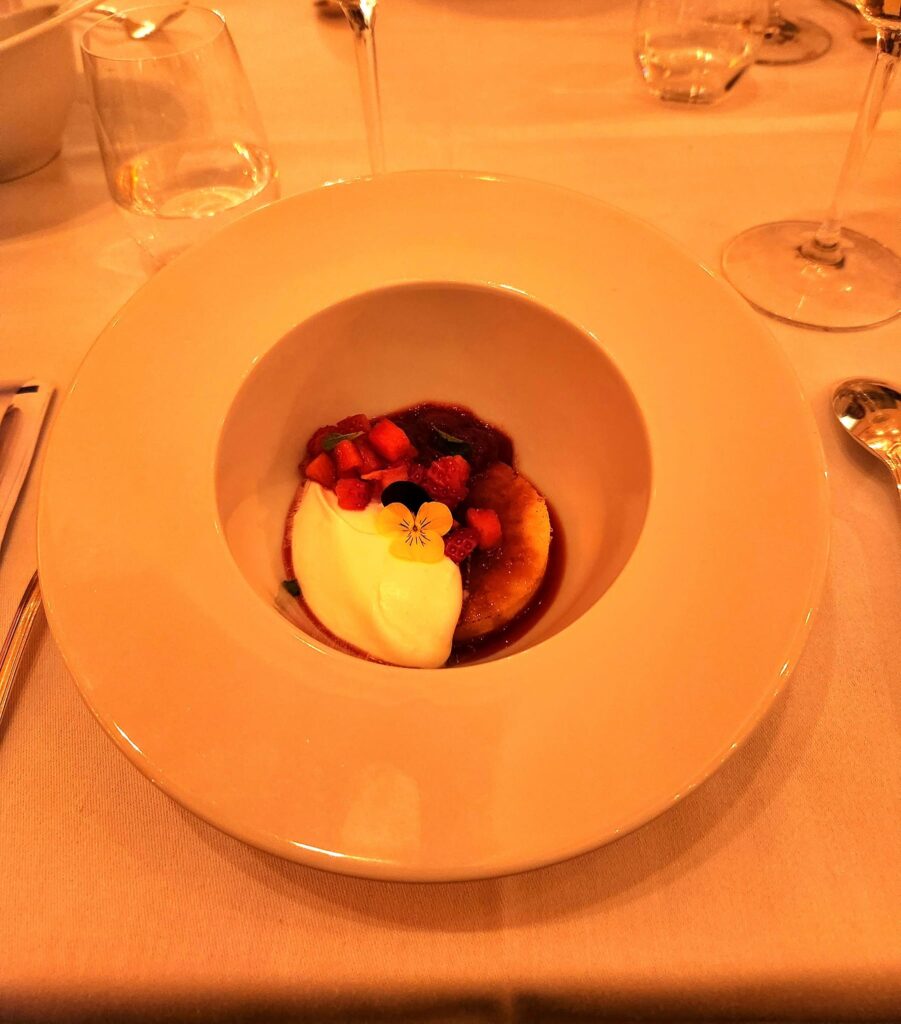
Read on to see and experience the sights of beautiful Lipik and Daruvar, situated in northeastern Croatia.
Click here to continue.
This is the first of six blog posts recounting the FAM trip on which I, as an envoy for Tripmasters, was an invited guest. The European Historic Thermal Towns Association (EHTTA) organized this trip for North American travel professionals in conjunction with the ETC, CNTB and ENIT, respectively the non-profit organization responsible for the promotion of Europe as a tourist destination and the two national tourism boards involved in the planning of the itinerary. For more information about these terrific organizations, visit www.historicthermaltowns.eu, www.visiteurope.com/en, www.croatia.hr/en-gb, and www.italia.it/en, respectively.
Tripmasters sells a variety of vacation packages from the affordable to the opulent in Croatia, Italy, and over 130 countries and territories worldwide. To learn more about how Tripmasters can revolutionize the way you vacation, check us out at www.tripmasters.com.
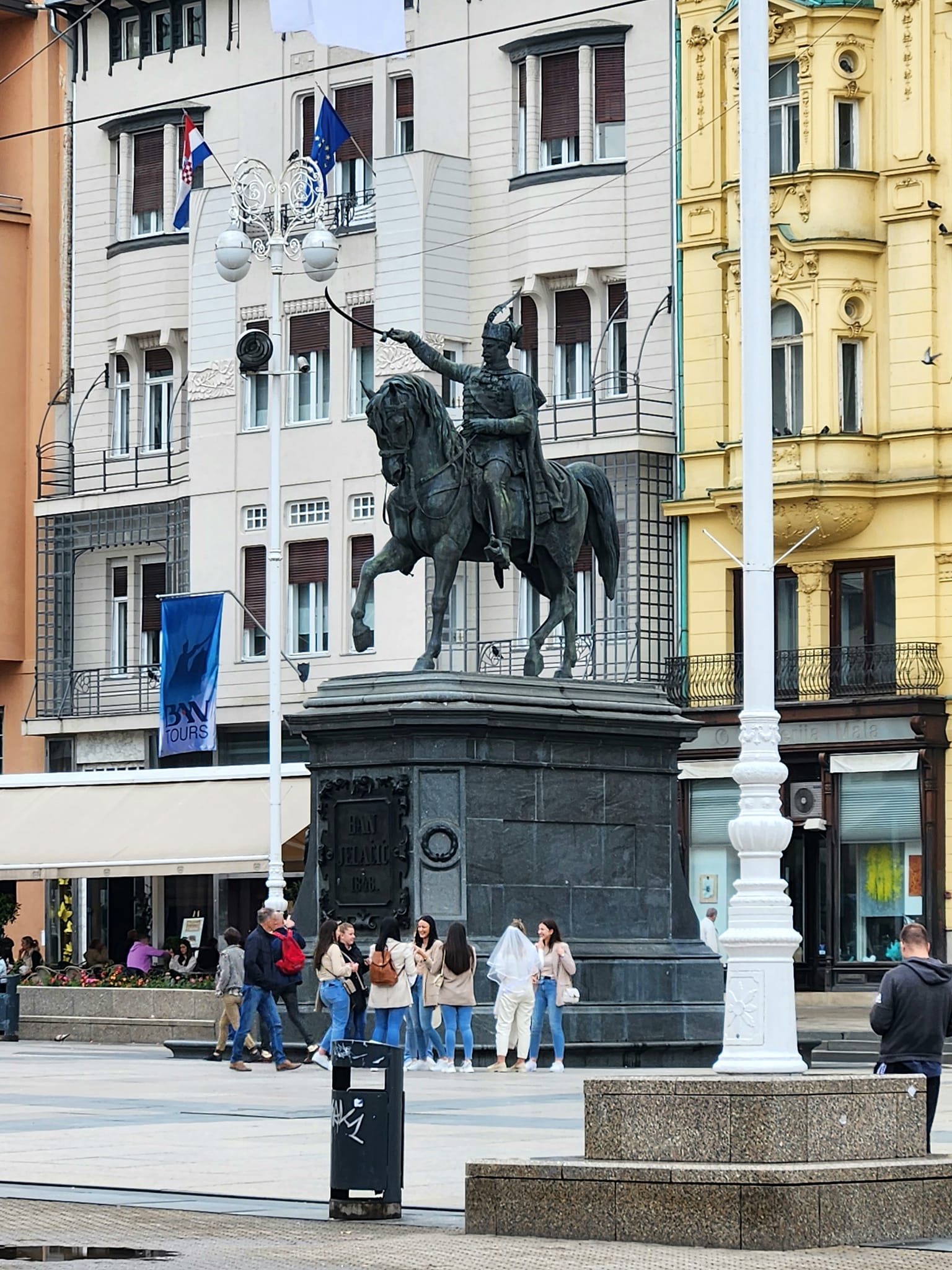
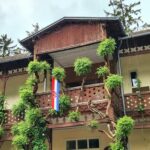
Pingback: Tripmasters and Other Travel Professionals Invited to Croatia and Italy (Part 2 of 5: Lipik and Daruvar) - Tripmasters Travel
Pingback: Tripmasters and Other Travel Professionals Invited to Croatia and Italy (Part 3 of 5: Varaždinske Toplice and Varaždin) - Tripmasters Travel
Pingback: Tripmasters and Other Travel Professionals Invited to Croatia and Italy (Part 4 of 5: Opatija) - Tripmasters Travel
Pingback: Tripmasters and Other Travel Professionals Invited to Croatia and Italy (Part 5 of 6: Montegrotto Terme-Abano Terme) - Tripmasters Travel
Pingback: Tripmasters and Other Travel Professionals Invited to Croatia and Italy (Part 6 of 6: Salsomaggiore Terme) - Tripmasters Travel